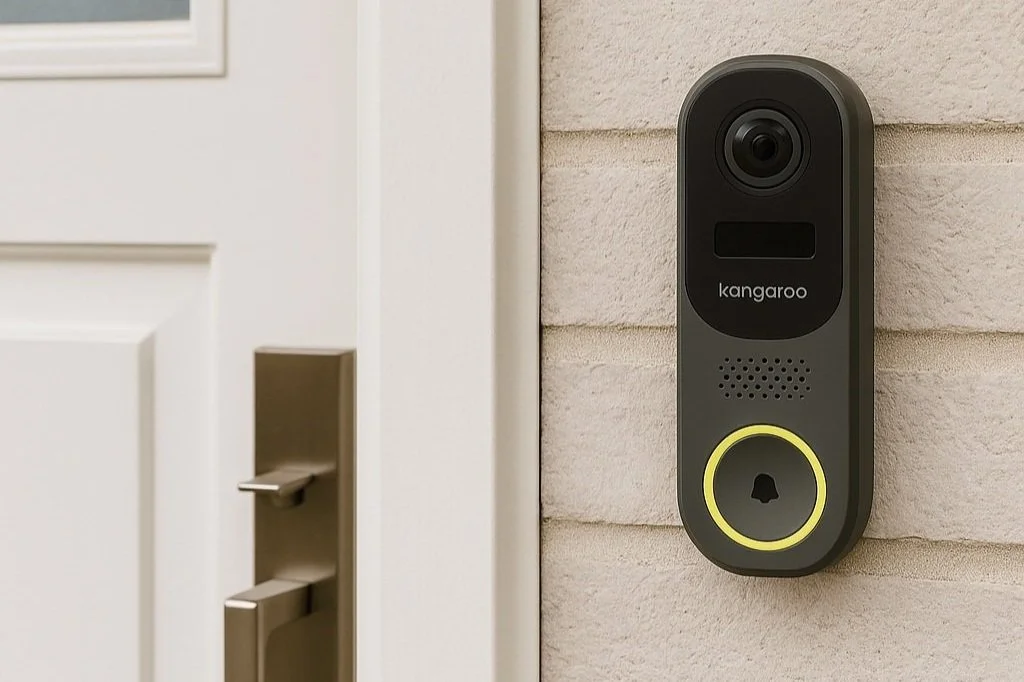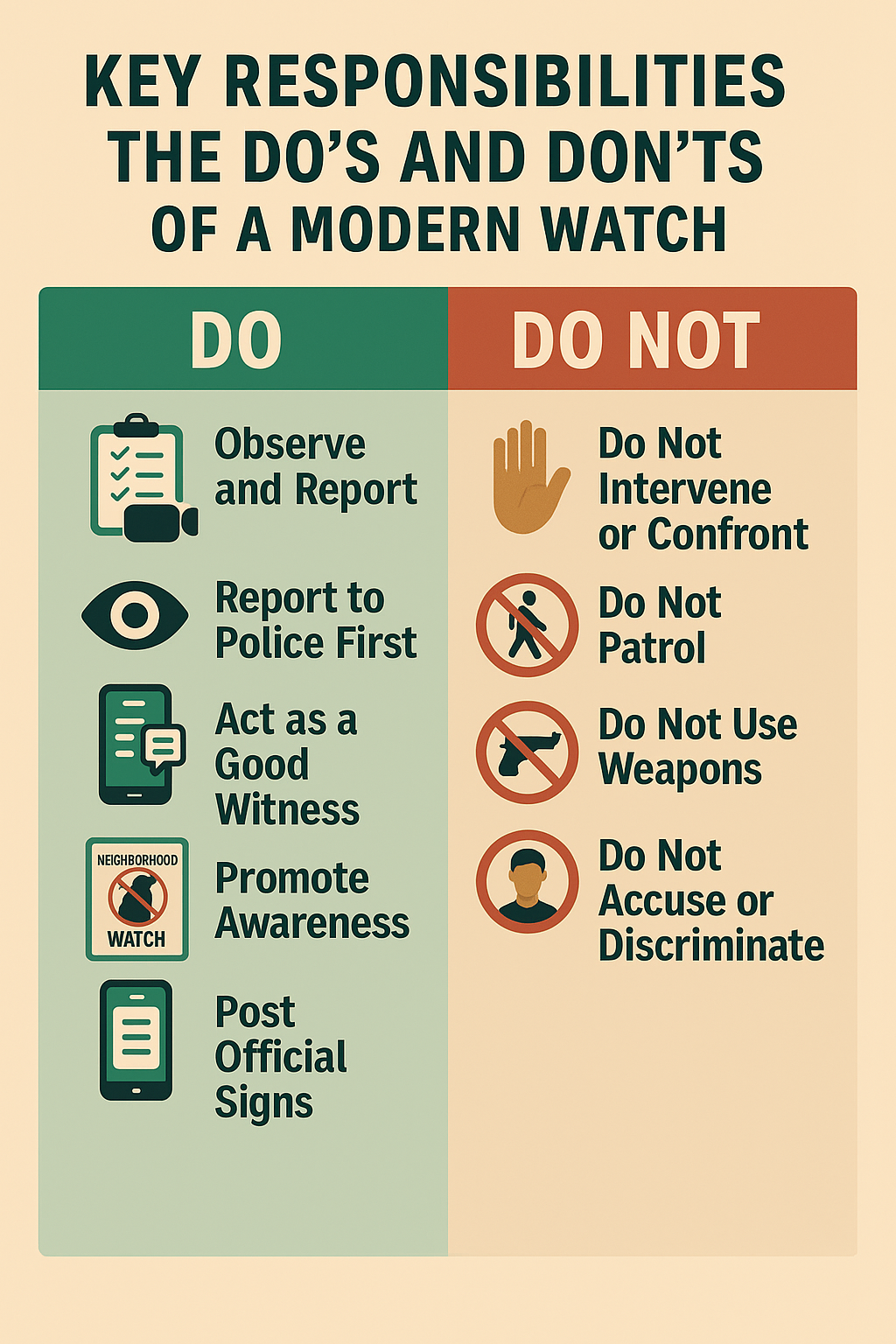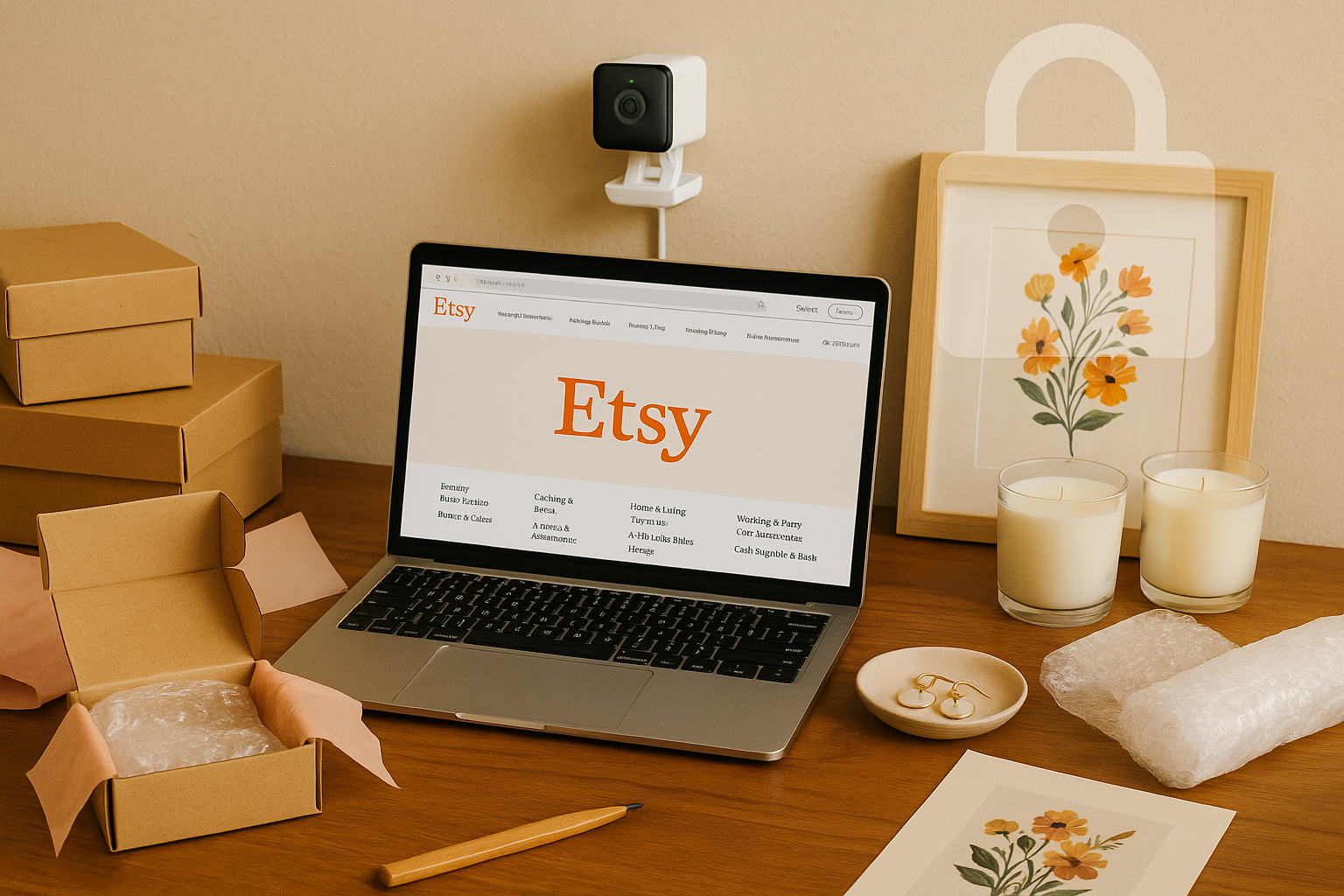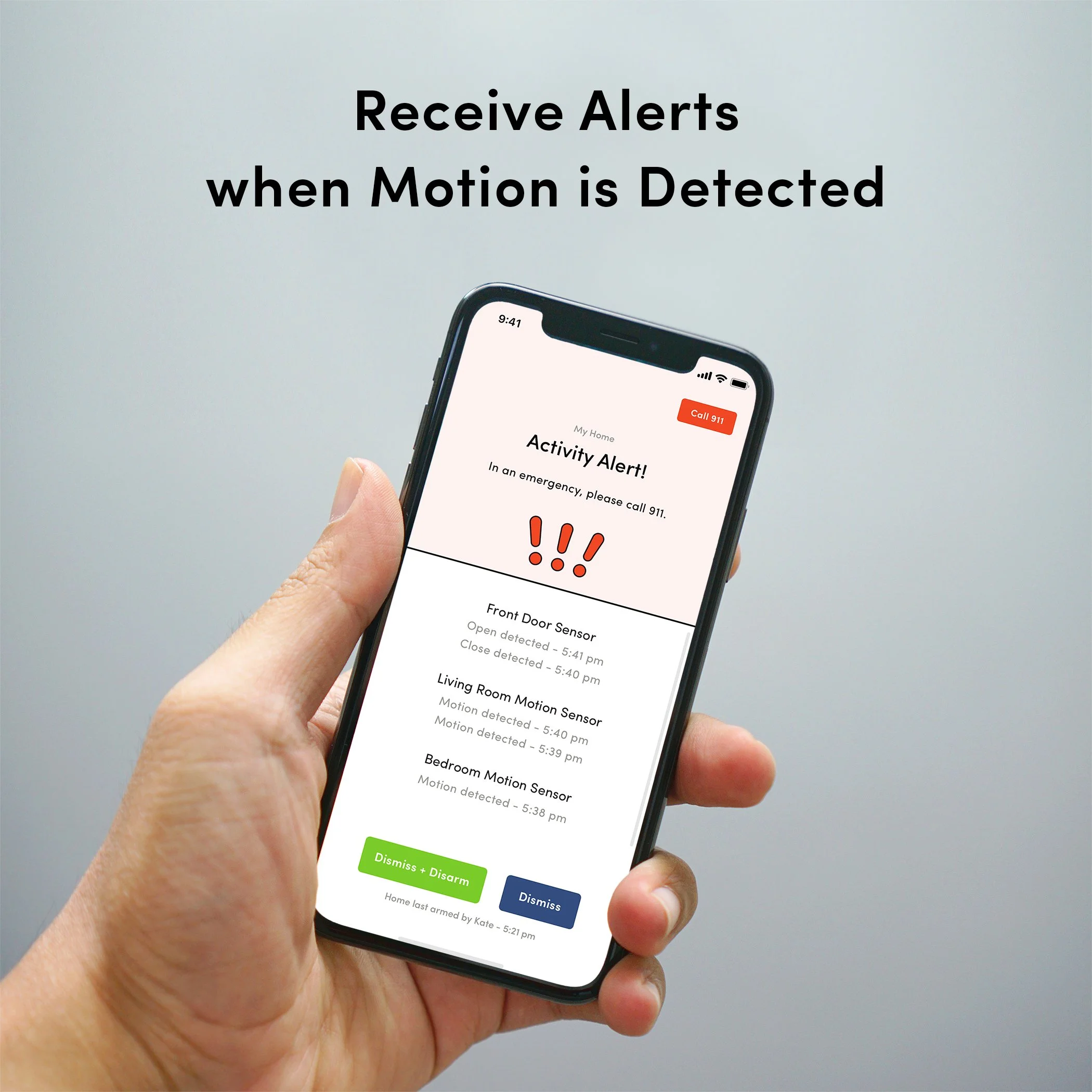The Modern Neighborhood Watch: How Smart Tech is Powering Community Safety
The concept of a Neighborhood Watch is simple and powerful: neighbors looking out for one another. Today, that concept is being upgraded. Traditional programs are combining with smart technology, making them more effective than ever.
This guide explains how the modern neighborhood watch with smart tech works, the tools that power it, and how you can bring these community security trends to your own block.
Why the Neighborhood Watch is Evolving
The shift from paper newsletters to real-time alerts is driven by three key factors:
Instant Communication: Instead of slow phone trees, private group chats and community apps allow neighbors to share alerts about suspicious activity in seconds.
Affordable Technology: Smart security devices like cameras and sensors are now widely available and easy to install, putting powerful tools in everyone's hands.
Clear Evidence: Video footage provides clear, shareable proof of an event. This is far more effective than a verbal description for identifying people or vehicles.
The Smart Tools for Today's Neighborhood Watch
For a modern neighborhood watch, the video doorbell is an essential tool. It acts as a digital lookout on your front porch, sending motion alerts directly to your phone.
This is where individual security strengthens the entire community. The Kangaroo Video Doorbell Camera lets you easily share important footage with your watch group. If you capture a video of a package theft, you can send the clip to your neighbors almost instantly.
To create a true security network, your community can use Kangaroo's Security Kits. Equipping multiple homes with cameras and sensors creates wider coverage. With our flexible, no-contract plans, your neighborhood can build its safety network without expensive, long-term commitments.
Key Responsibilities: The Do's and Don'ts of a Modern Watch
A successful neighborhood watch operates on clear principles. The goal is to be an extra set of eyes and ears for law enforcement, not to replace them. Following these rules is crucial for safety and effectiveness.
DO:
Observe and Report: Your primary job is to be vigilant. Document suspicious activity with details like time, date, location, and descriptions. Use your Kangaroo camera to capture clear video.
Report to Police First: For any crime in progress or emergency, call 911 immediately. For non-urgent suspicious activity, use the police non-emergency line.
Act as a Good Witness: Learn how to provide clear, factual descriptions to law enforcement.
Promote Awareness: Use your group chat to share crime prevention tips from local police or remind neighbors to lock doors and windows.
Post Official Signs: Work with your local police department to get and post official "Neighborhood Watch" signs. They are a proven deterrent.
DO NOT:
Do Not Intervene or Confront: Never physically engage a suspicious person. Your safety is the top priority.
Do Not Patrol: Modern neighborhood watches focus on observation from homes and during daily routines, not on organized citizen patrols.
Do Not Use Weapons: Members should never carry weapons while acting as part of the neighborhood watch.
Do Not Accuse or Discriminate: Only report specific, suspicious behaviors (e.g., "someone is looking into car windows"), not individuals based on their appearance, race, or gender.
How to Start a Modern Neighborhood Watch
Follow these five steps to launch an effective, tech-enabled watch group.
Connect with Neighbors: Start a private group chat, email list, or social media group to establish a central communication channel.
Establish Guidelines: Agree on what to share to keep the channel focused. Always report crimes and emergencies directly to the police first.
Assess Your Tech: Find out what security devices your neighbors already have to identify any gaps in coverage.
Equip Your Community: Consider a group purchase to make security more affordable for everyone. Kangaroo’s kits are designed for easy, collective setup.
Partner with Law Enforcement: Inform your local police or sheriff's department about your group. They can provide official resources and support.
U.S. Neighborhood Watch & Safety Directory
Finding the right way to get involved can be challenging. This directory lists key organizations and resource types for neighborhood watch programs and general community safety.
| Resource/Organization | Focus Area | How to Connect / Action Step |
|---|---|---|
| National Neighborhood Watch | Official Neighborhood Watch Framework & Resources | Visit their website at nnw.org for toolkits and then contact your local law enforcement to join or start an official chapter. |
| Your Local Police Department | Local Law Enforcement & Crime Prevention | Call your city's non-emergency number and ask to speak with the Community Resource or Crime Prevention Officer about local watch programs. |
| Your County Sheriff's Office | County-wide & Rural Law Enforcement | If you live in an unincorporated area, call your County Sheriff's non-emergency line to inquire about their neighborhood safety programs. |
| National Town Watch Association | Community-Police Relationship Building | Participate in their annual "National Night Out" event in August. Visit natw.org to find events near you. |
| National Crime Prevention Council (NCPC) | Crime Prevention Education (Home of McGruff the Crime Dog®) | Visit ncpc.org for extensive free resources on home security, cyberbullying, and creating safer communities. |
| Citizen Corps / CERT | Community Emergency Preparedness | Find your local Community Emergency Response Team (CERT) to get hands-on training for disaster and emergency response. Visit Ready.gov/cert. |
| Nextdoor | Digital Neighborhood Communication | Sign up at nextdoor.com with your address to join your neighborhood's private social network and connect with existing safety groups. |
| Your Homeowners' Association (HOA) | Localized Community Governance & Safety | Check your HOA's website, newsletter, or contact your board representative to ask about their public safety or watch committees. |
| Volunteers in Police Service (VIPS) | Citizen Volunteer Support for Law Enforcement | Ask your local police department if they have a VIPS program. It's a structured way to volunteer and support their mission. |
| Citizens' Police Academy | Public Education on Law Enforcement | Search for "[Your City] Citizens' Police Academy." These multi-week courses offer deep insight into police operations and build strong community ties. |
| State Crime Prevention Associations | State-Level Resources and Training | Search for your state's crime prevention association (e.g., "Florida Crime Prevention Association") for state-specific programs and contacts. |
A Safer Community is a Team Effort
Combining neighborly awareness with smart technology creates a stronger, more effective neighborhood watch. The tools are affordable and the methods are proven.
Start improving your neighborhood's security today. Explore Kangaroo's Video Doorbell and our no-contract Security Kits to equip your community.






![[QUIZ] What's Your Home's True Security Vulnerability Score?](https://images.squarespace-cdn.com/content/v1/6047adb1f3383c71b64f494b/7b99bd74-f07d-42ae-a096-72ee222bde79/IMG_4306.jpg)
















Think more cameras mean more safety? Discover 3 ways an over-secured home can attract burglars and learn why smart, discreet security is the better choice.